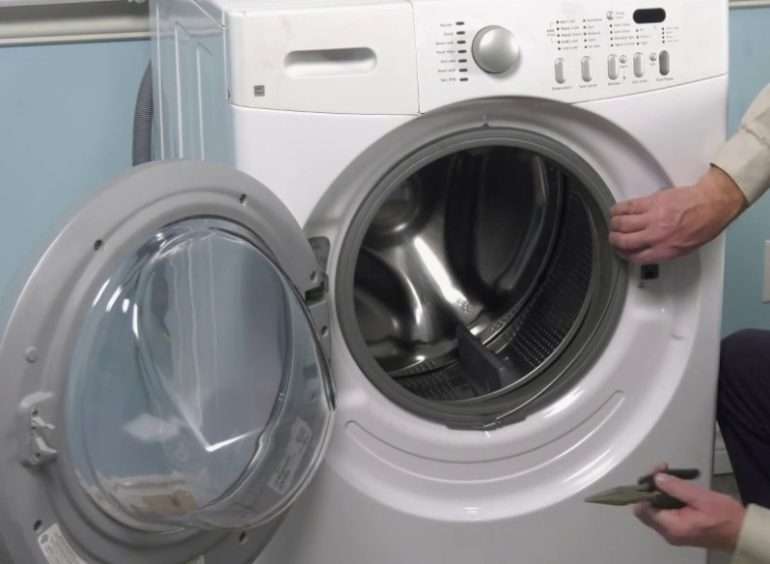The era of facial recognition might be drawing to a close as a revolutionary new biometric technology emerges, promising enhanced security and privacy. Imagine a world where your identity is verified not by your face, but by the unique rhythm of your heart. This groundbreaking approach, often dubbed a “heartprint,” analyzes the subtle nuances of your cardiac signature, offering a far more secure and difficult-to-spoof authentication method than traditional face-based systems. The potential applications are vast, ranging from secure access control to personalized healthcare and even fraud prevention. The arrival of heartprint technology truly raises the question: Is face time truly over?
The Science Behind Heartprint Biometrics
Heartprint technology leverages the unique electrical activity of the heart, captured through electrocardiogram (ECG) readings. Each individual’s heart generates a distinct electrical pattern influenced by factors like heart size, shape, and the conduction pathways within the heart. This pattern is remarkably stable over time, even with changes in activity level or emotional state, making it a reliable biometric identifier.
How Heartprint Scanners Work
- Data Acquisition: Sensors, similar to those used in ECG machines, record the electrical activity of the heart. These sensors can be integrated into wearable devices, door handles, or even chairs.
- Signal Processing: Sophisticated algorithms analyze the raw ECG data, filtering out noise and identifying key features of the heart’s electrical signature.
- Template Creation: The extracted features are used to create a unique “heartprint” template, which is stored securely.
- Matching: When a user attempts to authenticate, their current ECG reading is compared to their stored heartprint template. If the match exceeds a certain threshold, the user is verified.
Advantages of Heartprint over Facial Recognition
While facial recognition has become commonplace, it suffers from several limitations. Heartprint technology offers distinct advantages in terms of security, privacy, and accuracy.
- Enhanced Security: Facial recognition systems can be fooled by sophisticated masks or even high-resolution photographs. Replicating a heart’s electrical signature is far more challenging, making heartprint technology significantly more secure.
- Improved Privacy: Unlike facial images, which can be captured without consent, heartprint data requires direct contact with a sensor, offering greater control over personal biometric information.
- Greater Accuracy: Environmental factors like lighting or obstructions can negatively impact facial recognition accuracy. Heartprint readings are less susceptible to these external influences.
Potential Applications of Heartprint Technology
The potential applications of heartprint biometrics are vast and span numerous industries;
- Secure Access Control: Replacing traditional keycards and passwords with heartprint scanners for building access, computer login, and secure data vaults.
- Personalized Healthcare: Authenticating patients for accessing medical records, dispensing medication, and monitoring vital signs.
- Financial Transactions: Verifying identity for online banking, mobile payments, and preventing fraudulent transactions.
- Automotive Security: Preventing car theft by authenticating drivers based on their heartprint;
As technology continues to evolve, the integration of heartprint recognition is becoming increasingly prevalent. While the technology is still relatively new, the potential impact on security and privacy is undeniable. The future of biometric identification might just be written in the rhythm of our hearts.
Looking ahead, the development and refinement of heartprint technologies will likely continue, promising a new era of secure and personalized identification.
Challenges and Future Directions
Despite its promising potential, heartprint technology faces several challenges that need to be addressed before widespread adoption can occur. One key challenge is the need for standardization. Currently, different vendors use proprietary algorithms and data formats, making it difficult to integrate heartprint systems from different sources. Establishing common standards would promote interoperability and facilitate the development of a broader ecosystem.
Addressing Potential Concerns
- Data Security: Ensuring the secure storage and transmission of heartprint data is paramount. Robust encryption and access control mechanisms are essential to prevent unauthorized access and misuse.
- Privacy Considerations: Clear guidelines and regulations are needed to govern the collection, storage, and use of heartprint data. Users should have the right to access their data, correct inaccuracies, and control how it is used;
- Environmental Sensitivity: While less susceptible than facial recognition, certain medical conditions or medications could potentially affect the stability of a heartprint. Continued research is necessary to understand and mitigate these potential vulnerabilities.
Comparative Analysis of Biometric Technologies
Different biometric technologies offer varying levels of security, accuracy, and user convenience. Here’s a brief comparison of heartprint technology with other commonly used biometric methods:
| Biometric Method | Security | Accuracy | Convenience | Cost |
|---|---|---|---|---|
| Heartprint | High | High | Medium (Requires sensor contact) | Medium to High |
| Facial Recognition | Medium | Medium to High (Environment Dependent) | High | Low to Medium |
| Fingerprint Scanning | Medium to High | High | High | Low to Medium |
| Iris Scanning | High | Very High | Medium | High |
| Voice Recognition | Low to Medium | Medium | High | Low |
The selection of the most appropriate biometric technology depends on the specific application and the relative importance of security, accuracy, convenience, and cost. Heartprint technology offers a compelling combination of security and accuracy, making it a strong contender for applications where these factors are paramount. Further research and development will likely lead to even more sophisticated and user-friendly heartprint systems.
Ultimately, the ongoing development and refinement of biometric technologies, including the exciting possibilities of heartprint identification, continue to shape the future of security and authentication.
The integration of heartprint technology into everyday life raises important ethical considerations. As with any biometric identifier, it’s crucial to address potential biases in the algorithms used to create and match heartprint templates. Factors like age, gender, and pre-existing health conditions could influence a person’s heart rhythm, potentially leading to inaccurate or discriminatory results. Rigorous testing and validation are essential to ensure fairness and prevent unintended consequences.
Ensuring Fairness and Preventing Bias
- Diverse Datasets: Training algorithms on diverse datasets that accurately represent the population is critical to minimizing bias.
- Transparency and Explainability: Developing algorithms that are transparent and explainable can help identify and mitigate potential sources of bias.
- Independent Audits: Regular independent audits of heartprint systems can help ensure that they are fair, accurate, and unbiased.
Furthermore, the use of heartprint technology should be governed by clear ethical guidelines and regulations. Individuals should have the right to control how their heartprint data is collected, stored, and used. Transparency about the purpose of data collection and the potential risks and benefits of heartprint identification is essential to building trust and ensuring responsible use.
The Future of Biometric Authentication
As technology continues to advance, we can expect to see even more sophisticated and innovative biometric authentication methods emerge. Multi-factor authentication, which combines heartprint technology with other biometric identifiers or traditional security measures, could offer an even higher level of security. For example, a system could require both a heartprint scan and a PIN code for authentication.
Emerging Trends in Biometrics
- Fusion Biometrics: Combining multiple biometric traits to improve accuracy and security.
- Behavioral Biometrics: Analyzing unique behavioral patterns, such as typing rhythm or gait, for authentication.
- Artificial Intelligence: Leveraging AI to enhance biometric algorithms and improve performance.
The convergence of biometrics, artificial intelligence, and cloud computing is paving the way for a future where authentication is seamless, secure, and personalized. While challenges remain, the potential benefits of these technologies are undeniable. By addressing ethical considerations and promoting responsible innovation, we can harness the power of biometrics to create a safer and more convenient world.
Ultimately, the future of identification will likely involve a blend of technologies, including the promising advancements of heartprint biometrics, working together to create more secure and personalized experiences.




